Reading Time: 3 Min
There are two main types of noses as far as rhinoplasty is concerned: bony nose and fleshy nose (meaty nose). The defining factor in differentiating between bony noses and fleshy noses is the thickness of the skin. Bony noses have thin skin or medium-thickness skin, but meaty noses have thick skin.
Because of the thinness of the skin in bony noses, the details of their structures are clearly recognizable. These noses generally have stronger cartilage, which leads to the nasal tip to be firmer with less likelihood of droopiness.
On the other hand, fleshy noses do not reveal the details of their bony structure and cartilage because of their thick skin. Furthermore, these noses have weaker and thinner cartilage tissues.
Sometimes, however, the above general rule does not apply, i.e. a bony nose might have thick skin and a fleshy nose might have a thin skin with strong cartilages.
Nose Job Packages
Surgery + Hotel + Visa
Transfer + Interpreter
Bony nose surgery vs. fleshy nose surgery
Different techniques are used to do a rhinoplasty for fleshy noses and bony noses. A challenge in meaty nose surgeries is the reshaping of the tip of the nose. In a fleshy nose surgery, a good result is achievable by refining the sides of the nose and reshaping the nose tip. However, because of the possibility of deformation of the lower part of fleshy noses after rhinoplasty, which is a result of their weak cartilages and heavy skin, new techniques are used to make a support for the nasal tip and prevent it from dropping.
In bony noses, small changes to the structure will bring remarkable results. Unlike meaty noses, bony noses do not have much fat under the skin. Swelling after surgery will be less severe in bony noses than fleshy noses. In bony noses, the surgeon must perform the operation with utmost delicacy so that there would be no asymmetry in the final result. Choosing an experienced and skillful surgeon will be the most important step in achieving the desired result from a boney nose surgery or a meaty nose surgery.
- Read More: Different types of nose shapes in different races
- Also Read: Open rhinoplasty vs. closed rhinoplasty
You May Like to See Before & After Photos of Rhinoplasty
You May Like to See Before & After Photos of Rhinoplasty
Common Iranian nose job styles
1. ‘Natural’ nose job
In a ‘natural’ rhinoplasty style, smaller changes are applied to the nose, with the result being a nose with a straight nasal bridge rather than a curved one. Also, the angle between the nasal tip and the upper lip is not too wide in a ‘natural’ nose job style.
- ‘Natural’ style for bony noses
A ‘natural’ style for a bony nose means that the nasal tip is not made turned up (so-called retroussé nose) and the nasal bridge is not made too curved.
- ‘Natural’ style for fleshy noses
Fleshy noses usually receive ‘natural’ style rhinoplasty.
2. ‘Fancy’ nose job (dolly nose)
In a ‘fancy’ nose job, commonly referred to as ‘dolly nose’ in Iran, the nose is made very small and upturned (‘ski jump’ nose or ‘snub’ nose). It produces a favorable result mostly in bony noses and is suitable for and most attractive in small faces.
3. ‘Semi-fancy’ nose job
A ‘semi-fancy’ nose job style is something between the ‘natural’ style and the ‘fancy’ style. The curve of the bridge is slighter and the angle between the nose and the lips is narrower than a ‘fancy’ nose.
‘Fancy’ and ‘semi-fancy’ noses are more popular among women than men, who typically opt for natural style. The desired result in these two styles greatly depends on the skill and experience of the surgeon, as well as the type of nose.
- Read More: Why is Iran famous for rhinoplasty?
- Also Read: Nose job tips you need to know before your nose surgery
Share this article:
Related Articles
Feel free to express your opinions or ask your questions regarding the article

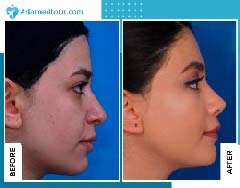

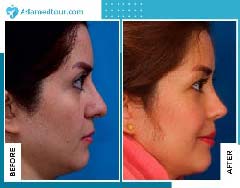

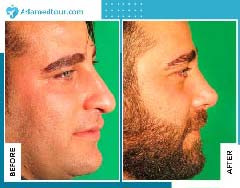


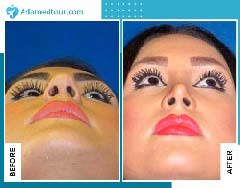

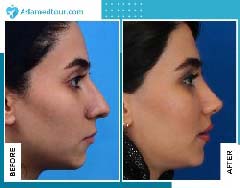
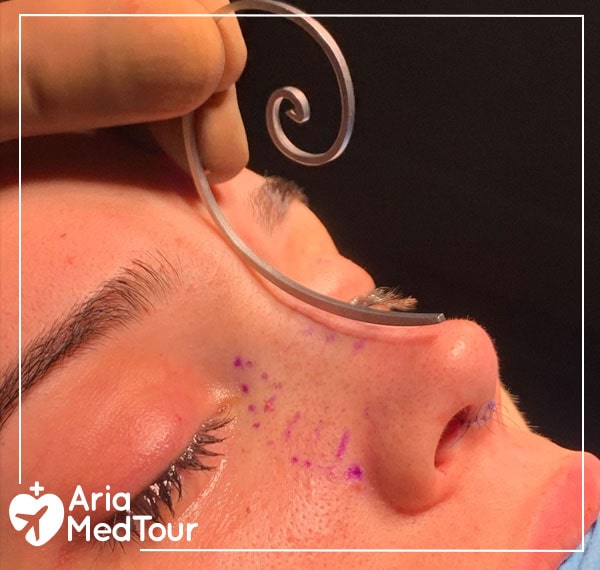

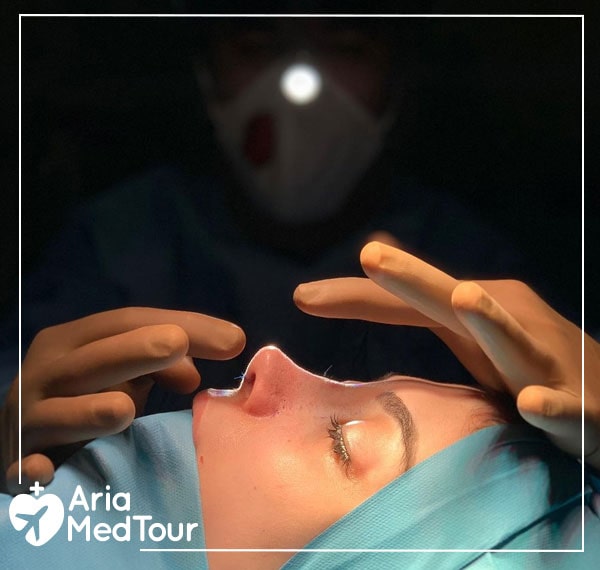

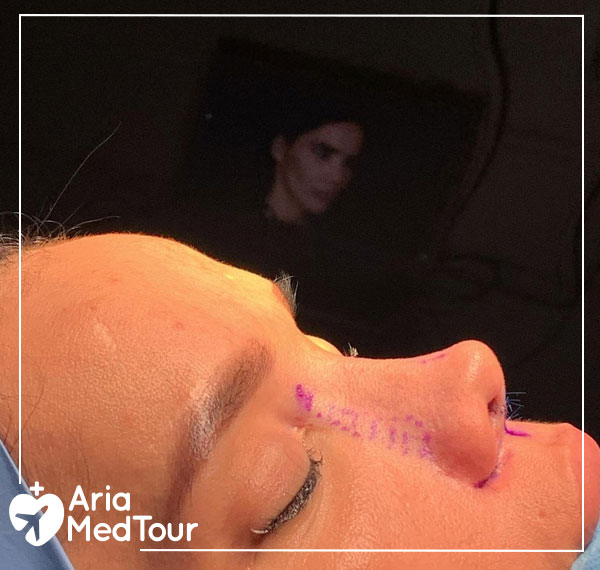
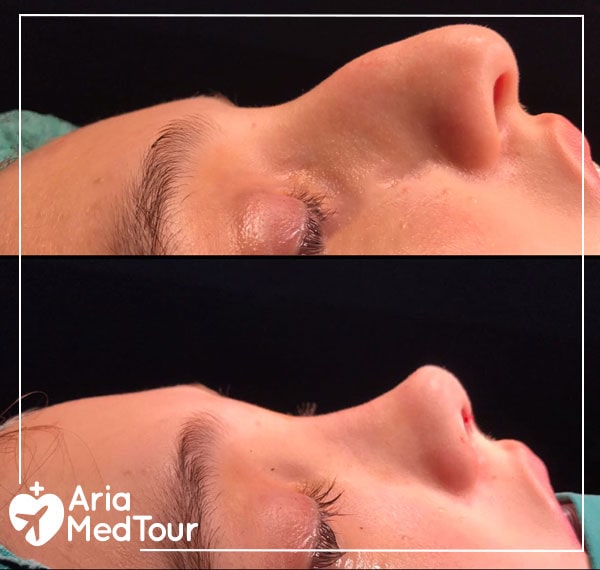
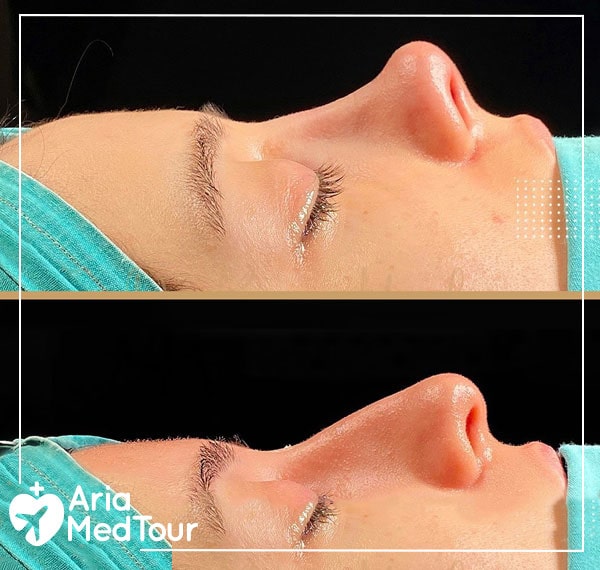




When & How Can I Wear Makeup After Rhinoplasty?
Skin Care After Rhinoplasty
Risks and Potential Complications of Rhinoplasty
How to Clean My Nose After Rhinoplasty?
How to Choose the Best Rhinoplasty Surgeon?